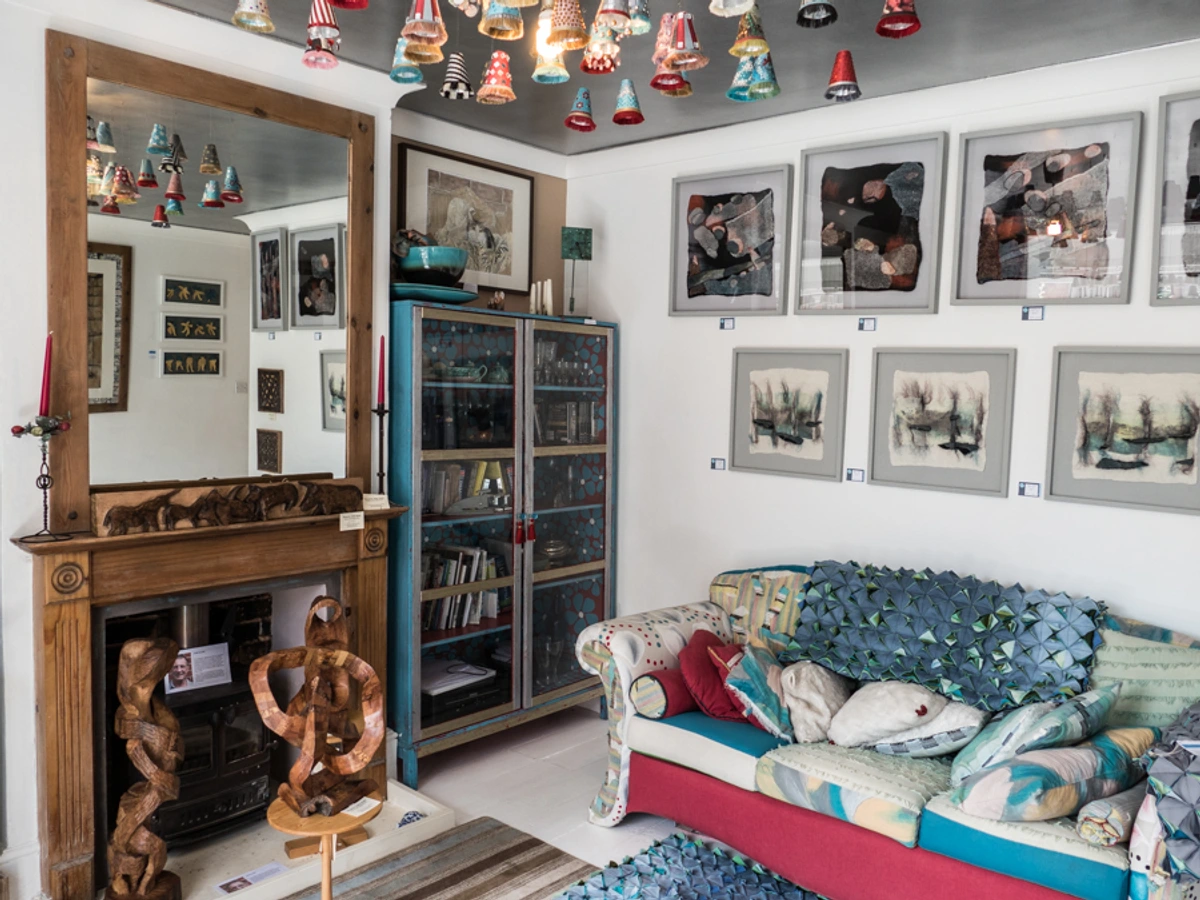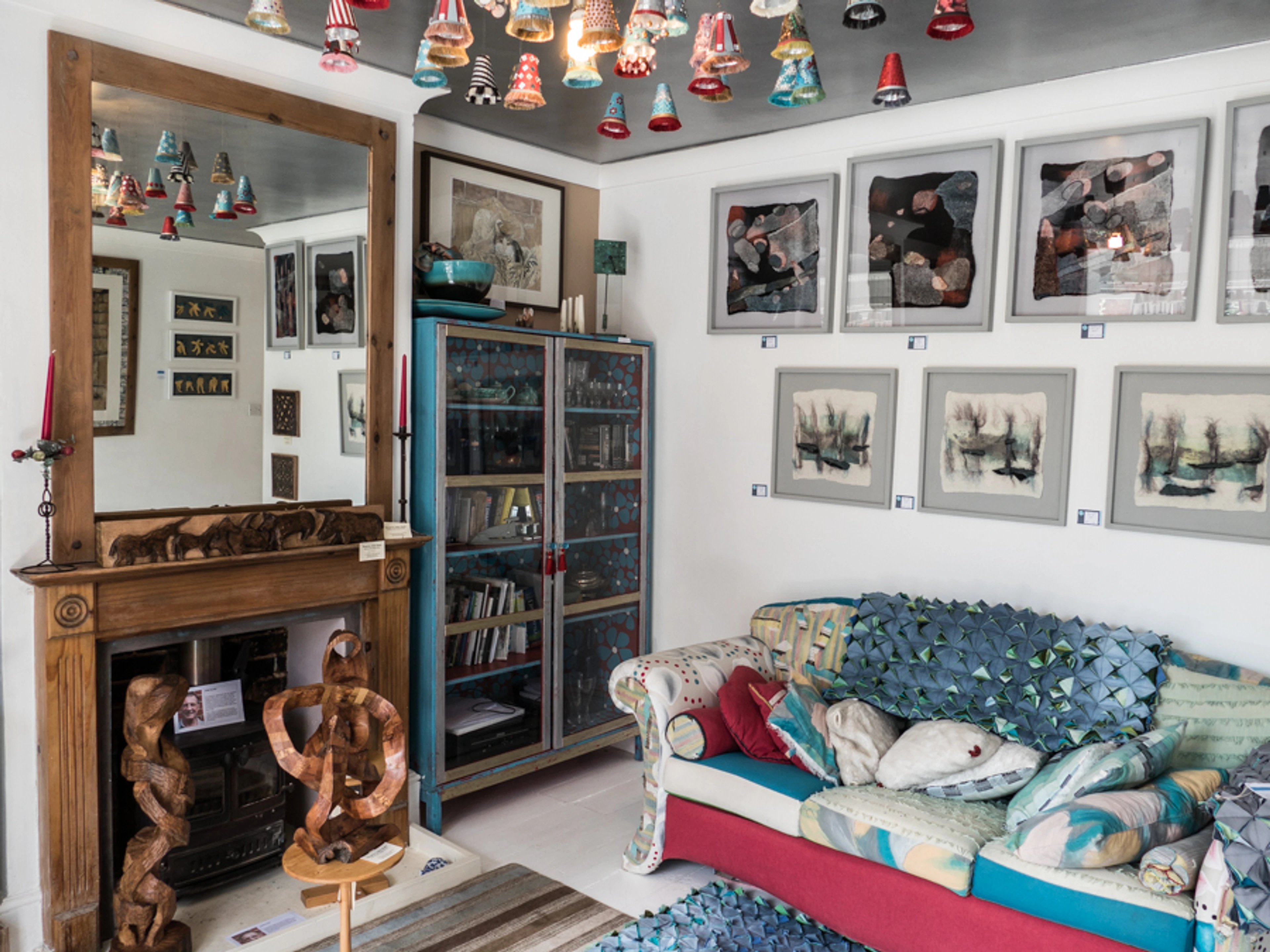
Art About Love: An Artist's Deeply Personal Journey Through the Heart
Explore art about love through history and contemporary work, from an artist's deeply personal journey. Discover how different eras captured this universal emotion and find art that speaks to your heart.
Art About Love: An Artist's Deeply Personal Journey Through the Heart
Love. It's one of those big, messy, beautiful, utterly human things that artists have been trying to capture forever. Seriously, since the dawn of time, someone has been trying to draw, paint, sculpt, or sing about that fluttery, sometimes painful, always powerful feeling. As an artist myself, I find it endlessly fascinating – and sometimes incredibly frustrating – to try and translate something so deeply internal and universal onto a canvas or into a form. It's like trying to bottle lightning, isn't it? Or maybe more like trying to paint the feeling of sunlight on your skin – you can capture the light, the warmth, the color, but the feeling? That's the real challenge, the one that keeps me coming back.
Why is love such a persistent muse? Maybe because it's the most relatable thing there is. We've all felt it, lost it, yearned for it, been confused by it. It's woven into the very fabric of our psychology and society. And art, at its core, is about connection, about sharing an experience or an emotion. What better emotion to share than the one that makes the world go 'round? (Or at least makes us feel like it is). It's a wellspring that never runs dry, offering infinite facets to explore, from the ecstatic heights to the quiet depths.
Navigating the Many Faces of Love in Art
When we say "art about love," what exactly do we mean? It's not just about starry-eyed couples or cherubs with bows and arrows (though there's plenty of that!). Love in art is a vast, sprawling landscape, much like the complex tapestry of human relationships themselves. As I explore this theme in my own work, I realize how many different threads there are. It can be:
- Romantic Love: The classic. Passion, longing, connection between partners. Think Klimt's "The Kiss" or Rodin's sculptures like "The Kiss" or "The Eternal Idol." Or maybe something more contemporary, like an abstract piece that just feels like that dizzying rush. It's the kind of love that makes you want to paint in impossibly bright colors or carve figures that seem to melt into each other.
- Familial Love: The bond between parents and children, siblings, generations. This is a quieter, often more tender love, seen in countless portraits and genre scenes throughout the history of art. It's the warmth of a shared meal, the quiet strength of a parent's hand, the exasperated affection between siblings. Capturing this requires a different kind of brushstroke, perhaps softer, more nuanced. Art from various cultures, like traditional African sculptures depicting family groups or Japanese woodblock prints showing domestic scenes, also beautifully captures this bond.
- Platonic Love/Friendship: The deep connection between friends. Less overtly depicted historically, but increasingly explored in contemporary work. It's the comfort of knowing someone truly gets you, the shared laughter, the quiet support. How do you paint that feeling of being truly seen by a friend? It's a subtle challenge. Artists like Felix Gonzalez-Torres, through works like his candy spills meant for viewers to take, evoke themes of shared experience and connection that resonate with the generosity of friendship.
- Self-Love/Inner Peace: Finding acceptance and connection within oneself. A more modern theme, often explored through abstract or introspective pieces. It's the quiet satisfaction of being comfortable in your own skin, the journey towards inner harmony. This is a theme I find particularly resonant in my own abstract work – trying to find visual form for that internal state.
- Love of Nature/Place: The profound connection to the world around us. Landscapes, seascapes, and nature studies often fall into this category, evoking feelings of awe, peace, or belonging. It's that feeling you get standing on a cliff edge or walking through a sun-dappled forest. It's a love that feels both grand and deeply personal. Think of the sweeping vistas captured by the Hudson River School artists, or the way Impressionists like Monet sought to capture the feeling of light and atmosphere in a garden or landscape. This connection to place is also deeply embedded in Indigenous art traditions worldwide.
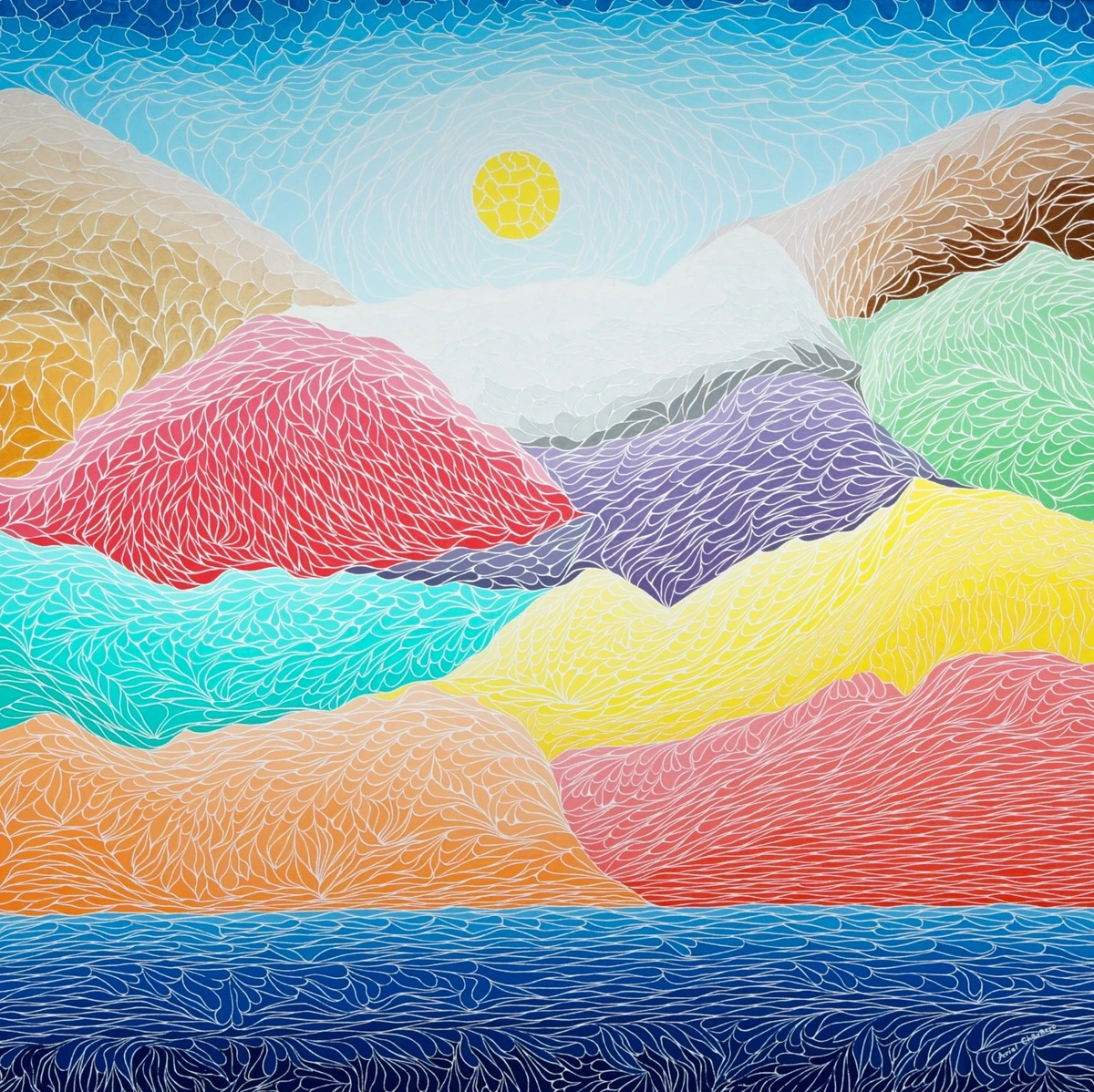
- Love of Humanity/Compassion: Art that speaks to our shared human experience, empathy, and connection on a broader scale. Protest art or social commentary can sometimes stem from this deep well of care. It's the recognition of our shared vulnerability and strength, the desire for a better world. Ai Weiwei's work, often addressing human rights and displacement, is a powerful contemporary example of art driven by a deep love and concern for humanity.
- Love of Craft/Material: The deep connection an artist feels for their medium, the process, the act of creation itself. This isn't always explicitly about love, but it's a powerful, often overlooked form of passion that drives art-making. It's the feel of the brush in your hand, the smell of the paint, the resistance of the canvas. It's a quiet, persistent love affair with the act of making. Artists who focus on process, like printmakers meticulously carving a woodblock or sculptors shaping clay, embody this love of craft.
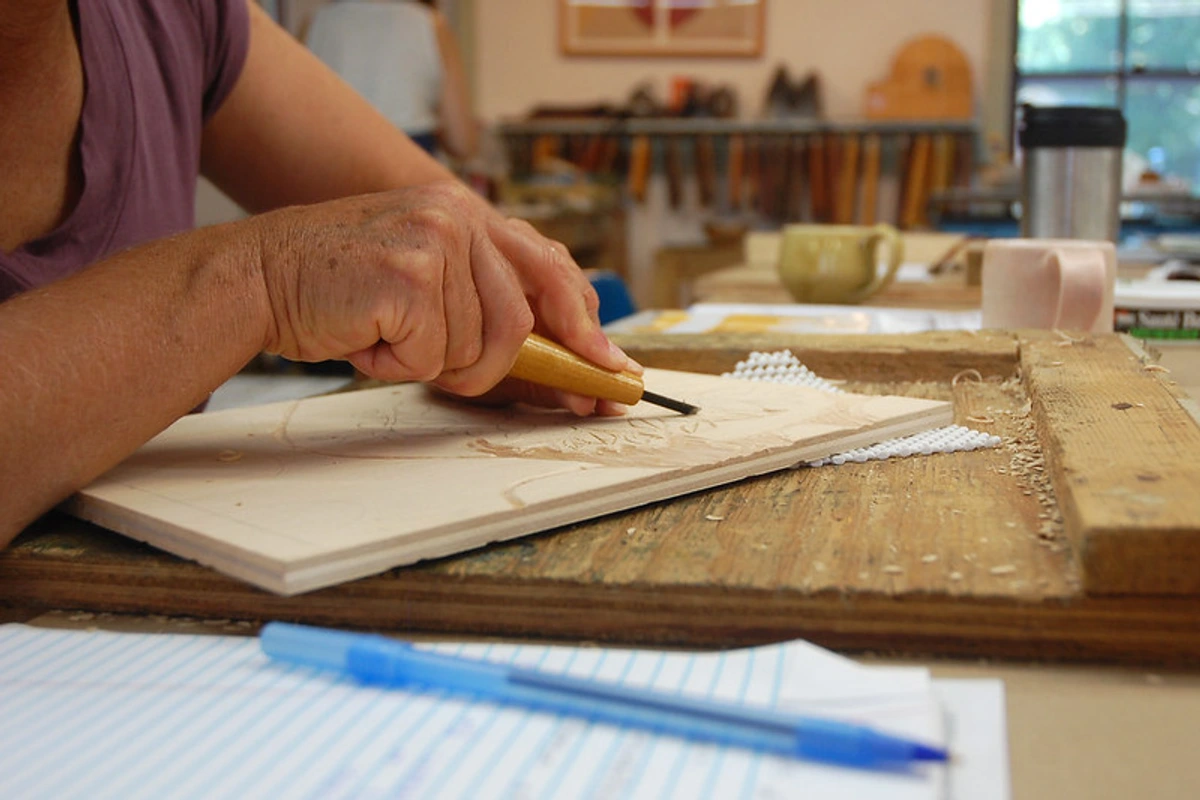
- Love of Community/Country: Art that celebrates shared identity, history, or place, fostering a sense of belonging and collective care. This could be anything from public murals to historical paintings. It's the visual expression of shared roots and collective memory. Many forms of traditional and contemporary art, from community murals to national monuments, express this collective love.
It's this incredible breadth that makes love such a rich subject. An artist can spend a lifetime exploring just one facet and never run out of depth. And for the viewer, it means there's a piece of art out there that speaks to almost any experience of love you can imagine.
My Own Winding Path Through Art History's Heart: Depicting Love Across Eras
Looking back through all art styles and movements, you see love popping up everywhere, but always filtered through the style and concerns of the time. It's like watching the same song played on different instruments across the centuries, each version revealing something new about the melody. As I studied these movements, I wasn't just learning history; I was seeing echoes of my own attempts to capture emotion.
Renaissance: Idealized Affection
Let's start way back. In the Renaissance, love often appeared in religious contexts (divine love) or mythological scenes (romantic love, sometimes tragic). Think of the tender Madonnas or the dramatic narratives of Greek myths. The focus was on idealized forms and harmonious composition. It was love elevated, perfected, almost untouchable – a stark contrast to the messy reality I often feel in my studio.
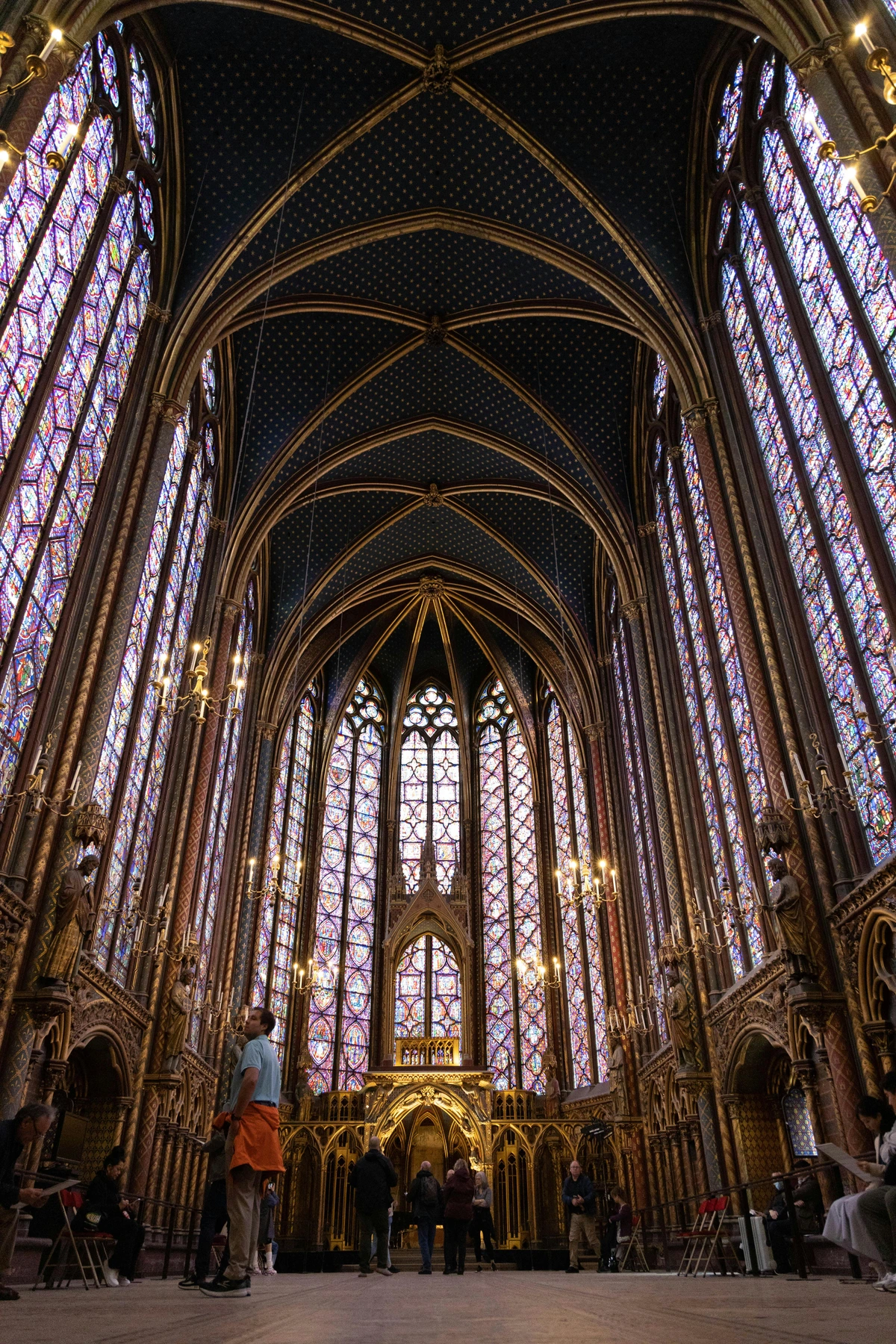
Baroque: Dramatic Passion
Then came the Baroque era, where love got dramatic! Intense emotions, swirling compositions, and often religious ecstasy or passionate human connection were depicted with theatrical flair. Think of Bernini's Ecstasy of Saint Teresa or the emotional intensity in Caravaggio's works. This feels closer to the raw, sometimes overwhelming power of love I experience, though perhaps a bit too... well, baroque for my own style.
Neoclassical: Measured Sentiment
The Neoclassical period pulled back, favoring reason and order. Love was often depicted in a more restrained, idealized manner, referencing classical antiquity. Think of formal portraits or scenes from ancient history or mythology that emphasize virtue and duty alongside affection. It's love under control, measured – something I struggle to relate to when my studio is a riot of color and feeling.
Romanticism: Sublime Emotion
The Romantics? Oh, they loved love (and nature, and drama, and intense feeling). This is where you get sweeping landscapes that evoke deep emotional connection to the world, or portraits filled with longing and passion. Caspar David Friedrich's solitary figures contemplating vast vistas, or the dramatic narratives of Delacroix like The Death of Sardanapalus (a rather dark take on passion, perhaps). It wasn't just romantic love; it was love of the sublime, the powerful, the overwhelming. This resonates with me – that feeling of being consumed by something vast and beautiful, whether it's a feeling or a landscape.
![]()
Impressionism: Fleeting Moments
Impressionism captured fleeting moments, maybe a couple strolling in a park, focusing on the feeling of the light and atmosphere rather than a grand narrative of love. It's the subtle glance, the shared moment in dappled light. Think of Renoir's joyful scenes of Parisian life or Monet's studies of his family. This feels very true to the small, quiet moments of connection that are just as much a part of love as the grand gestures.
![]()
Symbolism: Inner Worlds
Moving into the late 19th and early 20th centuries, Symbolism explored deeper, often more complex or melancholic aspects of love, using symbols and allegory to evoke inner states and emotions rather than depicting them literally. Think of Gustav Klimt's decorative yet emotionally charged works, where love and desire are intertwined with mortality and the subconscious. This introspective approach, using visual language to hint at unseen feelings, is something I find myself drawn to in my own abstract explorations.
The 20th Century and Beyond: Fragmentation, Emotion, and the Subconscious
Then you get into the 20th century. Things get really interesting. Cubism might fragment the figure, but the emotional connection can still be there, albeit in pieces. It's like seeing a relationship from multiple angles at once – confusing, maybe, but also a more complete picture of reality. Expressionism is all about raw emotion, so love (and its flip side, heartbreak) is right there on the surface, often in bold colors and distorted forms. Edvard Munch's The Scream, while often interpreted as anxiety, can also speak to the overwhelming, sometimes terrifying intensity of human connection or isolation. This raw, unfiltered expression is something I admire, even if my own work tends towards joy rather than anguish.
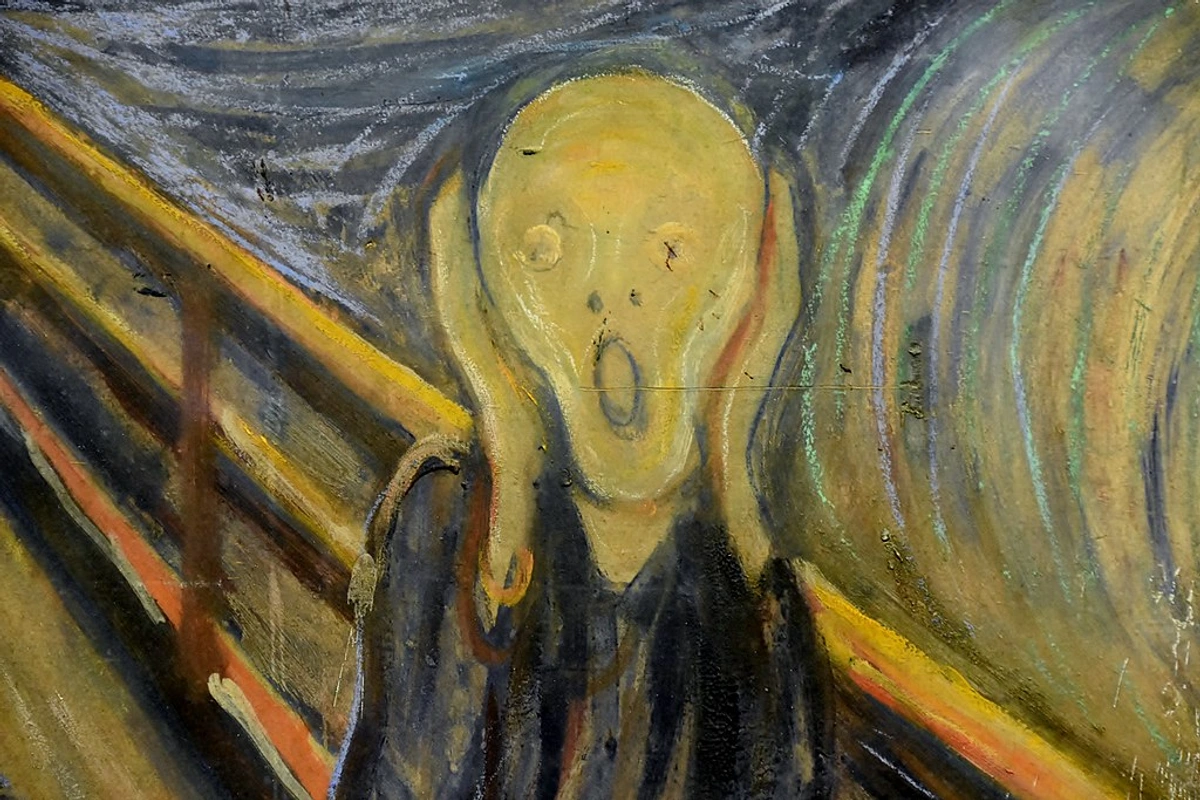
Surrealism dives into the subconscious, giving us dreamlike, sometimes bizarre, but often deeply resonant images of desire, connection, and the mysteries of the heart. Salvador Dalí's melting clocks might not scream "love," but his explorations of dreams and the subconscious certainly touch on the irrational, powerful forces that drive our deepest connections. René Magritte's work, too, often plays with perception and reality in ways that can evoke the strange, illogical nature of love.
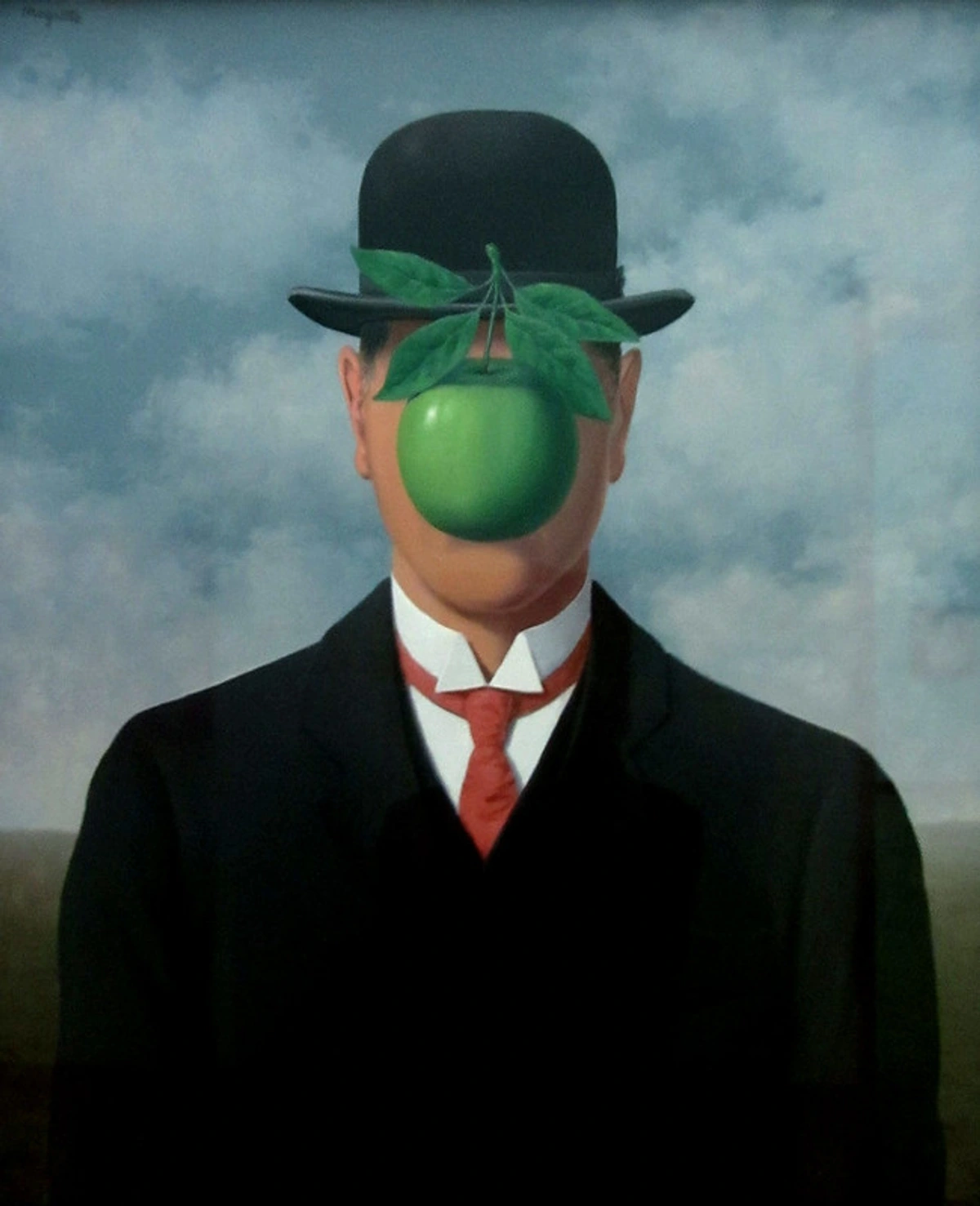
Post-War art saw artists grappling with the aftermath of conflict, and love sometimes appeared as a fragile hope or a desperate need for connection amidst chaos. Abstract Expressionists like Mark Rothko, while not explicitly depicting love, aimed to evoke profound emotional states in the viewer through color and form. Could those vast fields of color evoke the feeling of being enveloped in love, or the ache of its absence? I think so. It's about the feeling, remember?
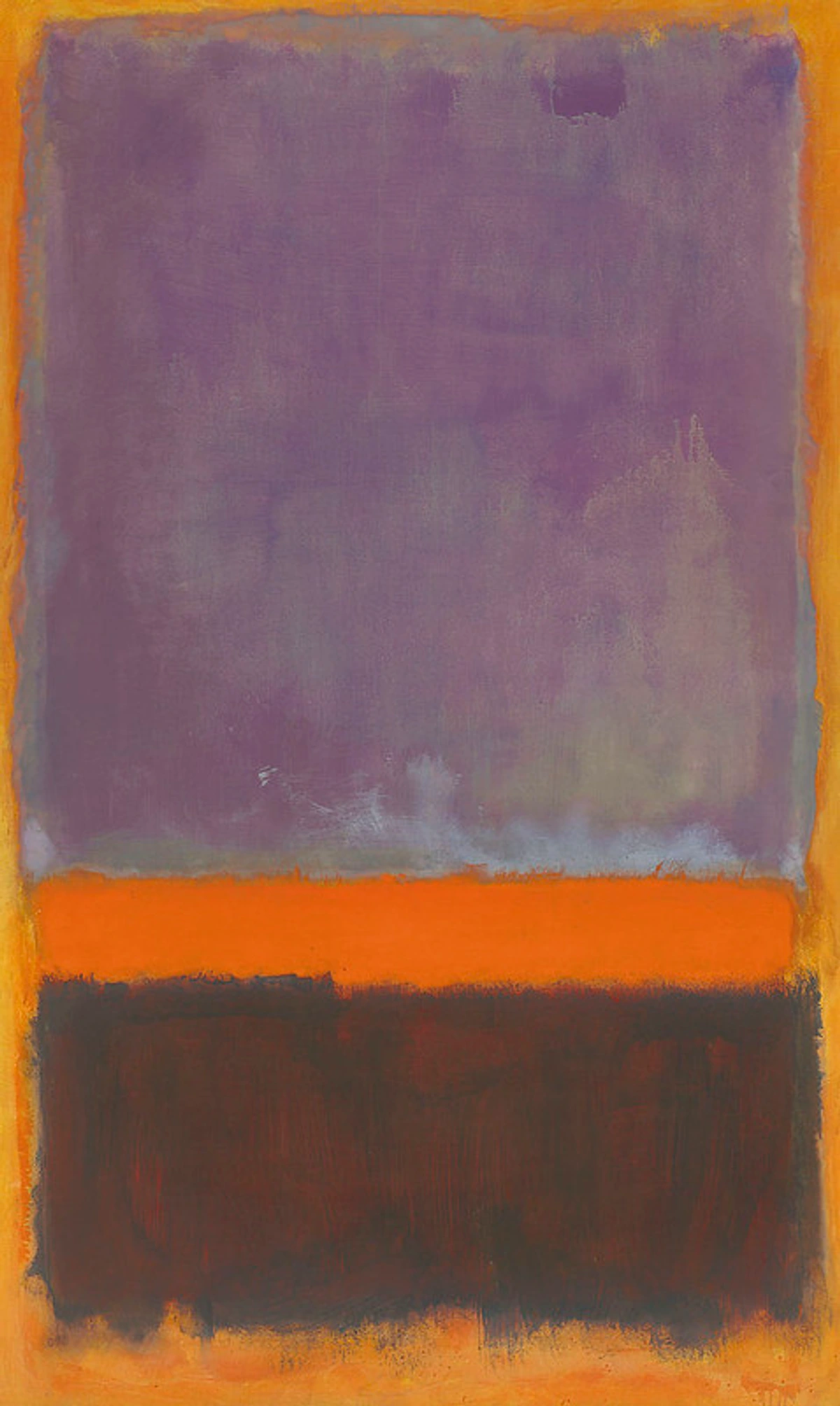
Pop Art brought love into the realm of mass culture, often with a dose of irony or commentary. Andy Warhol's portraits, while iconic, can feel detached, like love as a celebrity commodity. But then you have artists like Robert Indiana, whose iconic "LOVE" sculpture is a direct, bold, and universally recognizable symbol. It's simple, graphic, and hits you right between the eyes – a different kind of emotional impact.
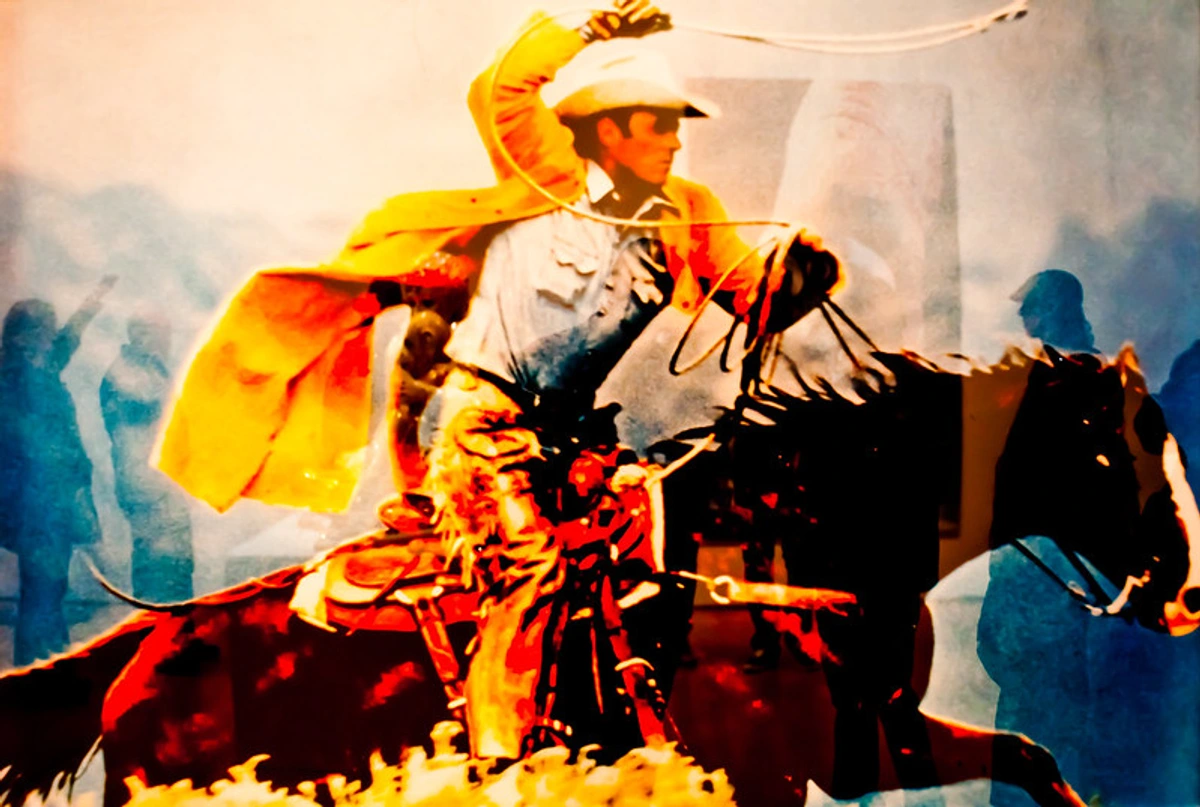
Conceptual Art shifted the focus from the object to the idea. How do you represent love conceptually? Artists like Yoko Ono explored themes of peace, love, and connection through performance, instruction pieces, and interactive works. Her "Bed-Ins for Peace" with John Lennon were powerful statements of love as a force for social change. It's a reminder that art about love doesn't always have to hang on a wall.
In Contemporary Art, the exploration of love is as diverse as the artists themselves. Tracey Emin's confessional works, like My Bed, speak to the messy, vulnerable reality of love and relationships, including heartbreak and self-reflection. Felix Gonzalez-Torres's piles of candy or stacks of paper, meant for viewers to take, are poignant metaphors for loss, love, and memory. Contemporary artists use every medium imaginable – video, installation, digital art, performance – to delve into the complexities of love in the modern world. It's less about idealized forms and more about lived experience, which feels very relevant to my own practice.
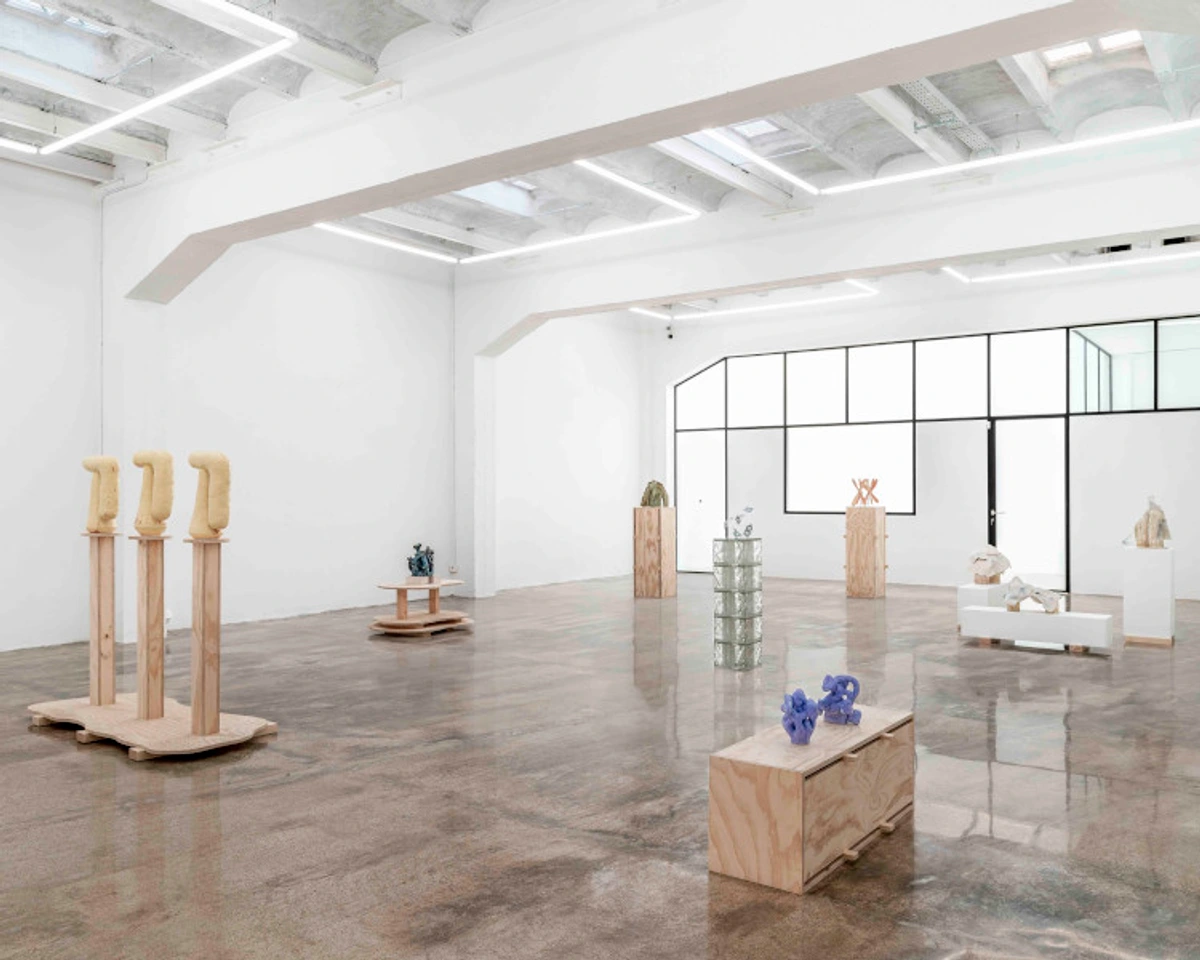
It's also worth noting that while Western art history often dominates these discussions, depictions and concepts of love vary immensely across cultures and time periods globally. Exploring art from Asia, Africa, or Indigenous traditions reveals entirely different visual languages and understandings of connection, family, and community – a vast, inspiring world of love expressed through art.
The Artist's Challenge: Painting the Unseen Feeling (And My Own Approach)
As I mentioned at the start, trying to translate the feeling of love into a visual form is incredibly challenging. It's not like painting a still life or a portrait where you have a tangible subject. Love is abstract, internal, constantly shifting. How do you capture the quiet comfort of familial love without being sentimental? How do you convey the intensity of romantic passion without resorting to cliché? How do you show the struggle towards self-acceptance? It requires finding visual metaphors, using color and form to evoke emotion rather than simply illustrate it.
It's a constant push and pull between the internal experience and the external expression. Beyond just color and form, artists use elements like line quality (a delicate line for tenderness, a bold stroke for passion), composition (figures close together for intimacy, separated for distance or loss), scale (a monumental work for overwhelming emotion, a small piece for quiet reflection), and the choice of medium itself (the fluidity of watercolor for fleeting moments, the solidity of bronze for enduring bonds) to hint at these unseen feelings. It's about building a visual language that speaks to the heart, not just the eye.
So, how does all this history and exploration influence my own work? As an artist who often works in abstract and colorful styles, I'm less interested in literal depictions of couples or families. Instead, I try to capture the essence of these feelings through color, form, and texture. The vibrant, sometimes chaotic layers in my abstract pieces might represent the complexity of passion, while softer, blended areas could evoke tranquility or tenderness. I often think about the energy of connection, the way two people (or a person and nature, or a person and themselves) resonate with each other. My goal is to create pieces that don't tell you what to feel, but rather create a space for you to feel something – perhaps an echo of love in its many forms.
And what about the flip side? The ache of loss, the confusion of heartbreak, the quiet solitude after love departs? This, too, is a powerful force in art. Think of the melancholic beauty in some Symbolist works or the raw emotion in Expressionism. While my own work tends towards the more joyful or tranquil aspects, I recognize that the full spectrum of human connection, including its absence, is fertile ground for artistic expression. It's all part of the same complex tapestry.
![]()
If you're curious to see how I attempt to translate these ideas into visual form, you can explore my art for sale. It's a continuous journey, and each piece is, in some way, another attempt to understand and express the most powerful force I know.
Connecting Through the Canvas: The Viewer's Experience
One of the most powerful things about art about love is its ability to connect with the viewer on a deeply personal level. When someone stands in front of a painting or sculpture that speaks to love, they bring their own experiences, memories, and feelings to it. A piece that depicts familial love might resonate with someone's relationship with their parents, while another might see their own romantic history reflected in a different work. My hope, as an artist, is that my work acts as a mirror or a window – a mirror for viewers to see their own emotions reflected, or a window into a shared human experience of connection and feeling. It's a dialogue that happens silently, across time and space, mediated by the artwork itself.
Think about a piece of art that has spoken to your heart – what kind of love did it evoke?
The Journey Continues
Art about love is a theme as old as humanity itself, constantly evolving, constantly finding new ways to express the inexpressible. From Renaissance Madonnas to Pop Art icons, from Romantic landscapes to contemporary installations, artists have held up a mirror to the human heart. For me, as an artist, it's a lifelong pursuit – a beautiful, frustrating, endlessly rewarding challenge. It's about trying to paint that feeling of sunlight on your skin, that flutter in your chest, that quiet comfort of being truly seen. And the journey, like love itself, is far from over.
Perhaps you'll find a piece of art that speaks to your own journey through the heart. The world of art is vast, and love is everywhere within it.
